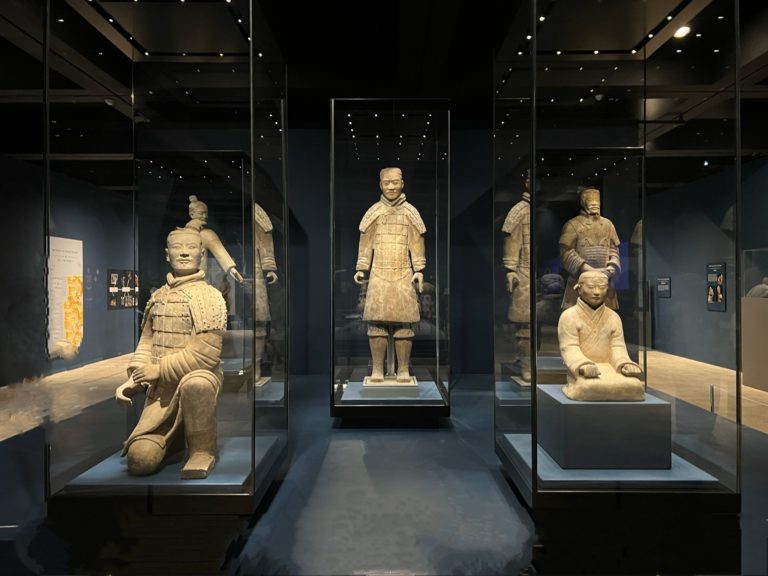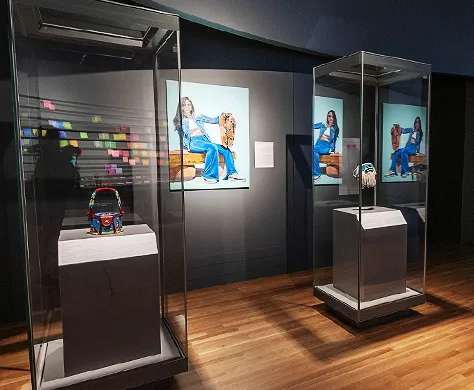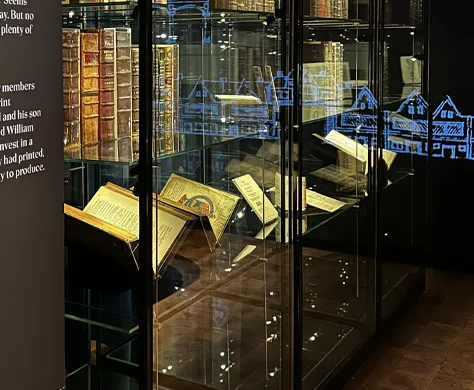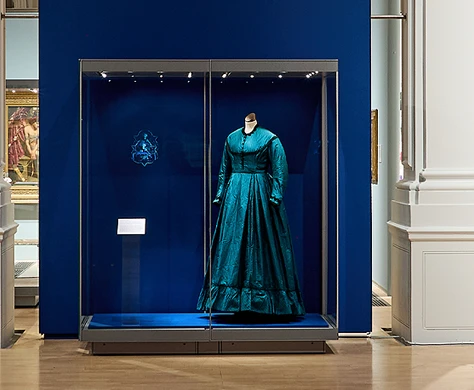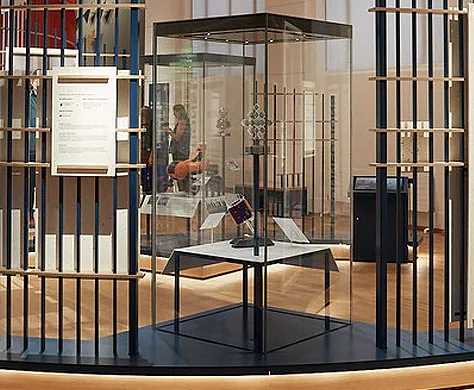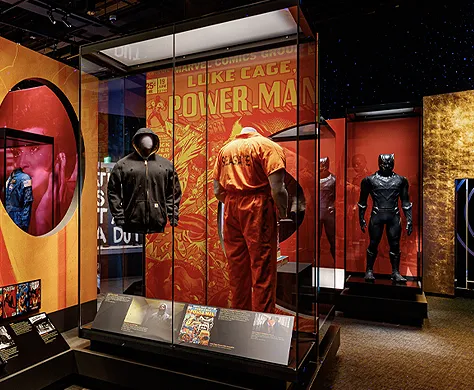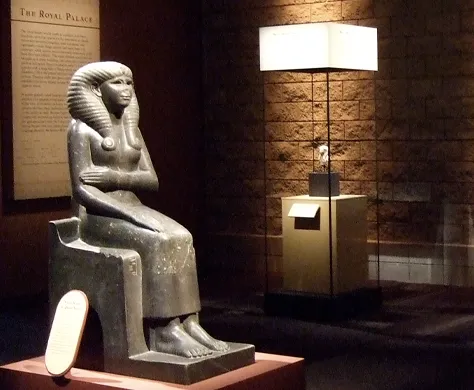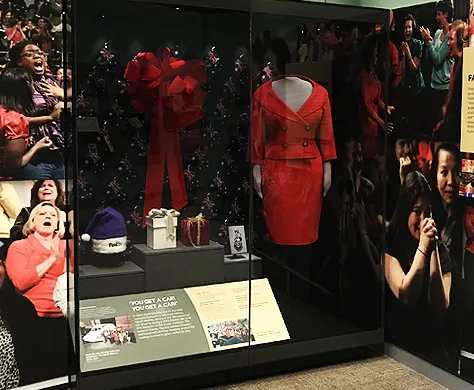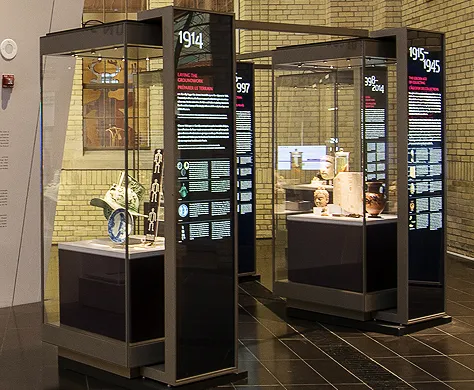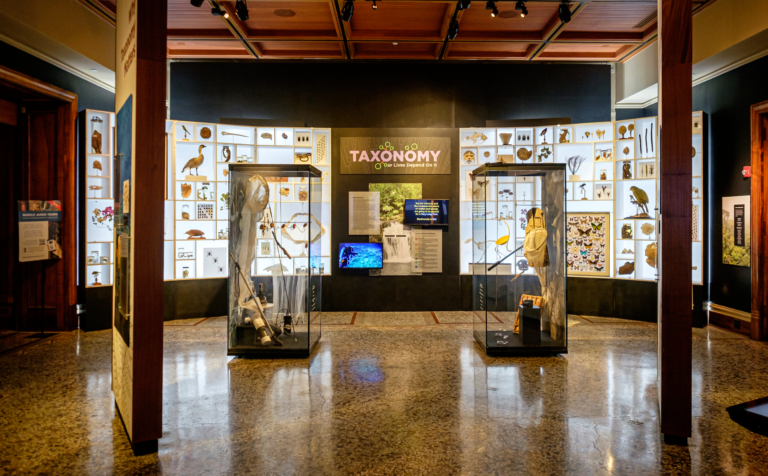Our Projects
TESS Demountable showcases have been used to display collections from Egyptian Pharaohs to Olympic medals, dinosaurs to snowboards, and everything in-between. They’ve circled the globe and have been assembled, dismantled and reconfigured on every inhabited continent and in every type of venue; begin to explore the wide variety of our projects here.
